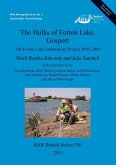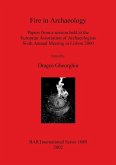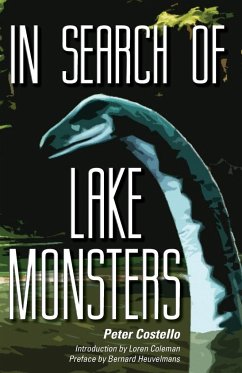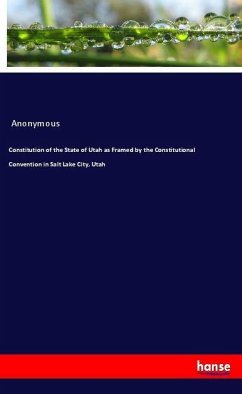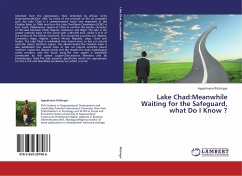This research is an investigation into the safe passage of the deceased over water as exemplified in the early Egyptian legends involving the 'Lake of Knives' and the 'Lake of Fire'. The journey of the deceased from death to resurrection is envisaged as taking place in a boat crossing dangerous places and ordeals. This journey was parallel to the sun god Re's passage over the waters of the sky, and in which he is threatened by the powers of chaos. The rites of passage focus on the safe passage of Re through chaos, and assert resurrection, rebirth and life after death for the deceased. The passage is re-enacted in mythical images and in ritual actions, and focuses on the safe journey of the deceased through the ordeals of the Netherworld. This research is divided into seven chapters. Chapter One deals with the symbolism of water, knives and fire. Water is dealt with as the discharge which comes from the body of Osiris and offered to him in ritual. The second section deals with the symbolism of knives and fire. It is concluded that water mediates the passage of the deceased when it is offered to him in ritual. Water can also cause violent death. Fire and knives are used as destructive tools in rituals. Chapter Two explores the cartographical descriptions and cosmographical locations of the two lakes, using textual and pictorial evidence. It is concluded that the Lake of Knives is envisaged as extending from the east to the west of the sky. The description of the Lake of Fire varies from one context to another. The two lakes have no specific locations, but they wind through the sky. Chapter Three is a discussion on the theme of passage over water in Ancient Egypt. The ferryman spells and the Island of Fire are taken as two examples for the passage of the deceased over water. It is concluded that the ritual aspects of the ferryman spells and the Island of Fire are not very different from the ritual aspects of the Lake of Knives and the Lake of Fire. Chapter Four is an extension of the discussion of the theme of passage over water, and deals with crossing the lake as a ritual enacted for the deceased at the day of funeral. It is tentatively concluded that the aim of the deceased's crossing over the lake is to mediate his passage to become an Ax. The crossing was accompanied by recitation of ritual texts. Crossing over the Lake of Knives and the Lake of Fire was also accompanied by recitations of ritual texts. Chapter Five deals with the Lake of Fire in the Book of the Two Ways. The journey of the deceased is constructed until he reaches the Lake of Fire. It is concluded that the Lake of Fire is a place, which the deceased visits to be reborn in the morning and starts a new journey towards the abode of Osiris on the upper waterway. Chapter Six investigates the rites of passage concerning the crossing over the two lakes. It deals also with the handling of symbols within the rituals performed for the deceased. It is concluded that the Lake of Knives and the Lake of Fire are two metaphorical places that do not exist in rituals. They do not have fixed physical locations, but they exist in myth. Crossing over the two lakes is dangerous, but is also necessary for the deceased to continue his journey and to enter into a different status, status of being an Ax. Chapter Seven draws answers for the questions of the aim of the deceased's crossing over the two lakes. It is concluded that the aim of the deceased's journey over the two lakes differs from one context to another. It is also explicit that there is no single specific explanation for the rites of passage over the two lakes, and they draw on different metaphors.
Hinweis: Dieser Artikel kann nur an eine deutsche Lieferadresse ausgeliefert werden.
Hinweis: Dieser Artikel kann nur an eine deutsche Lieferadresse ausgeliefert werden.


